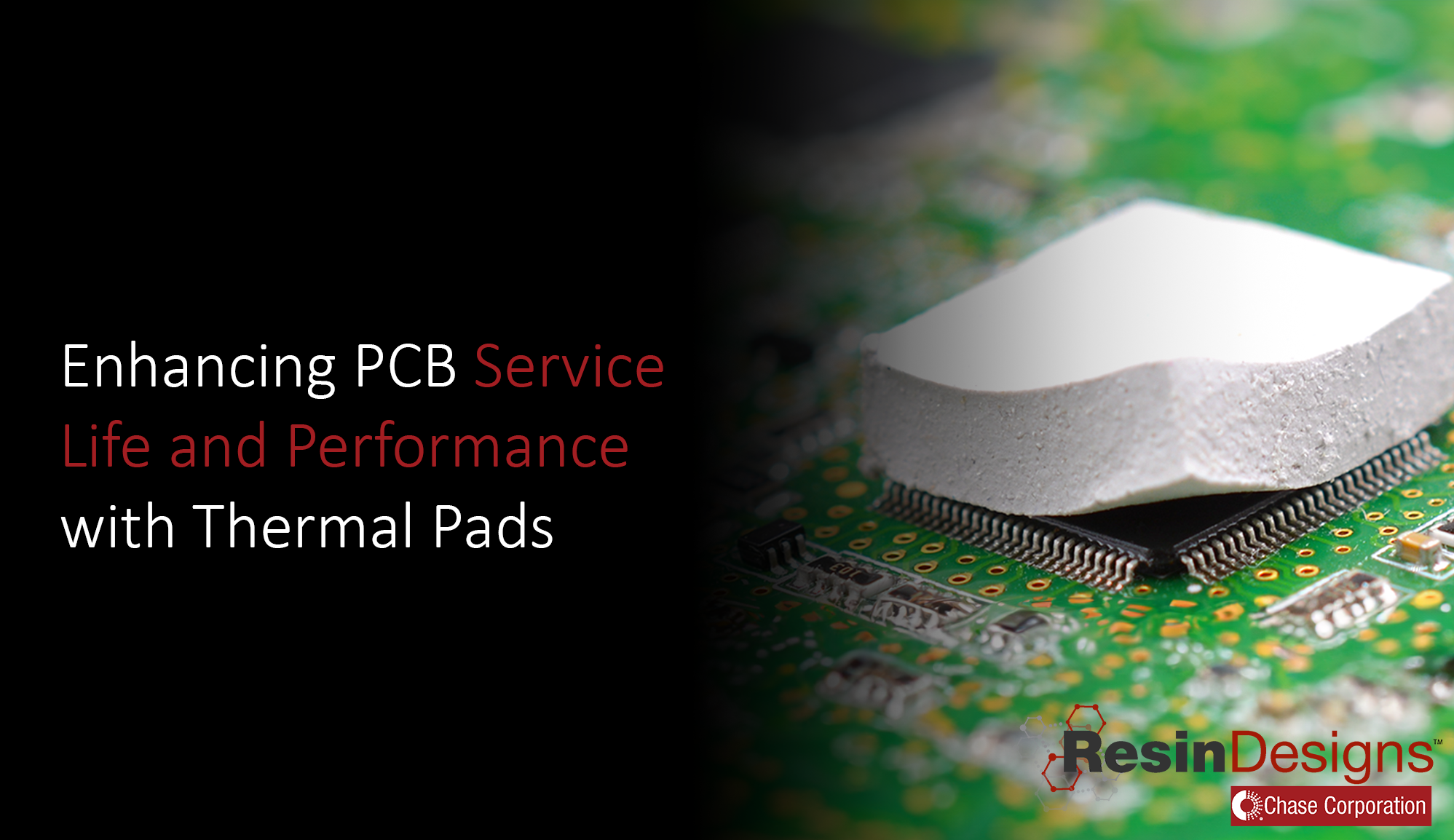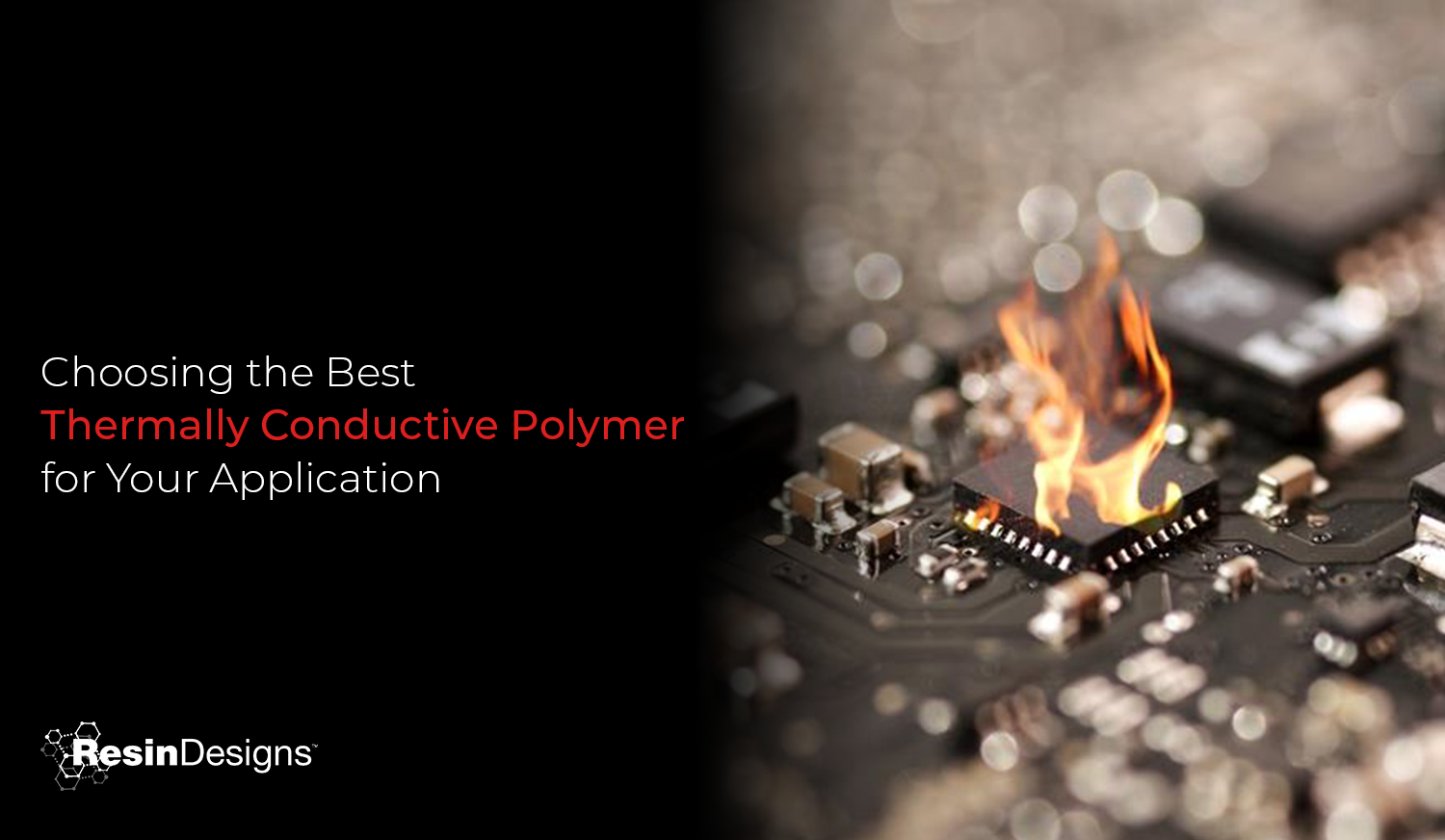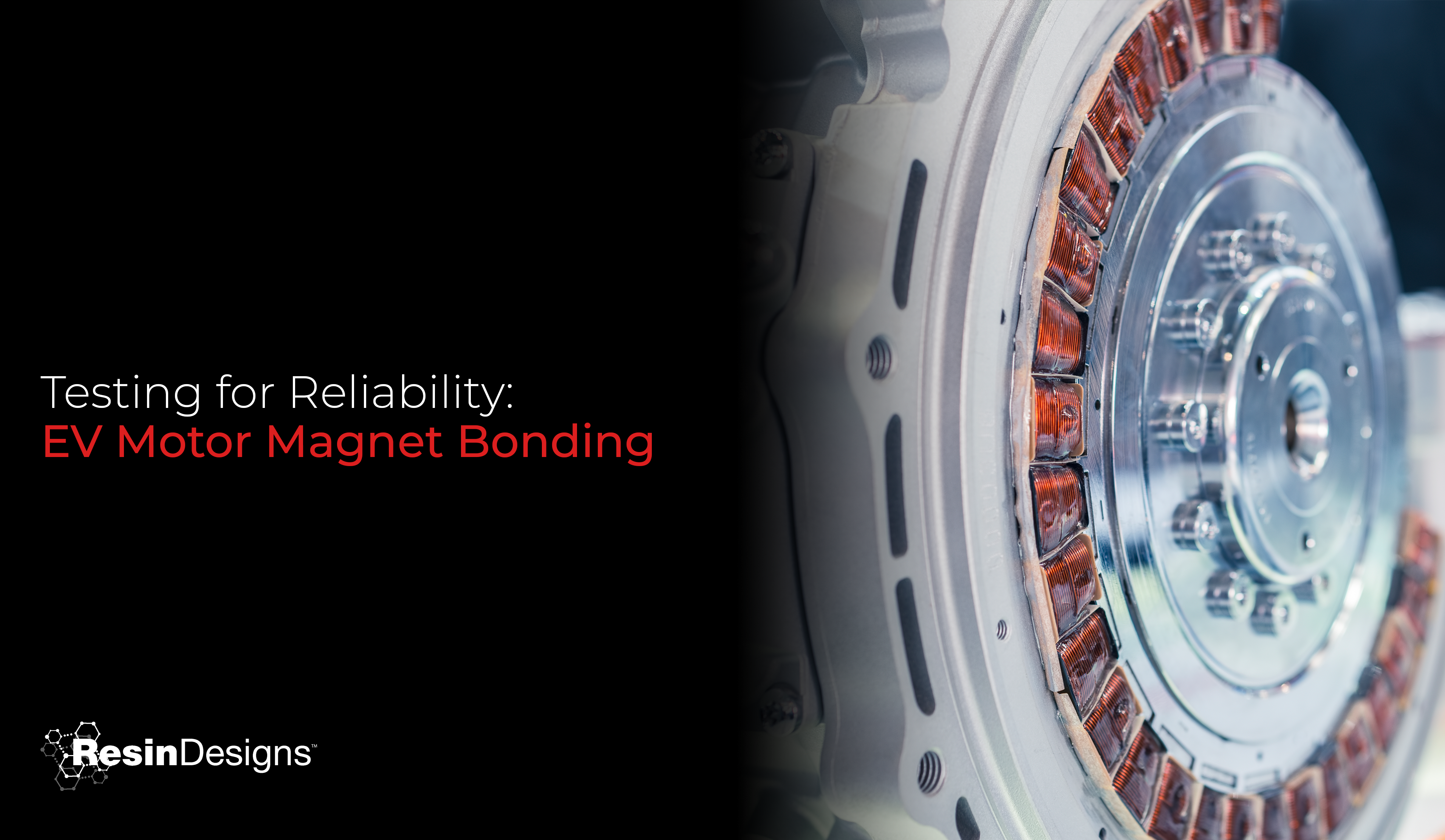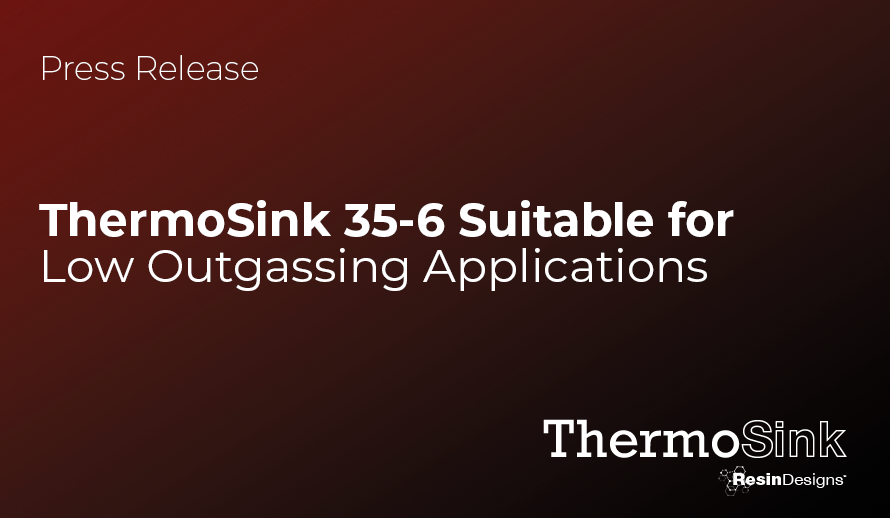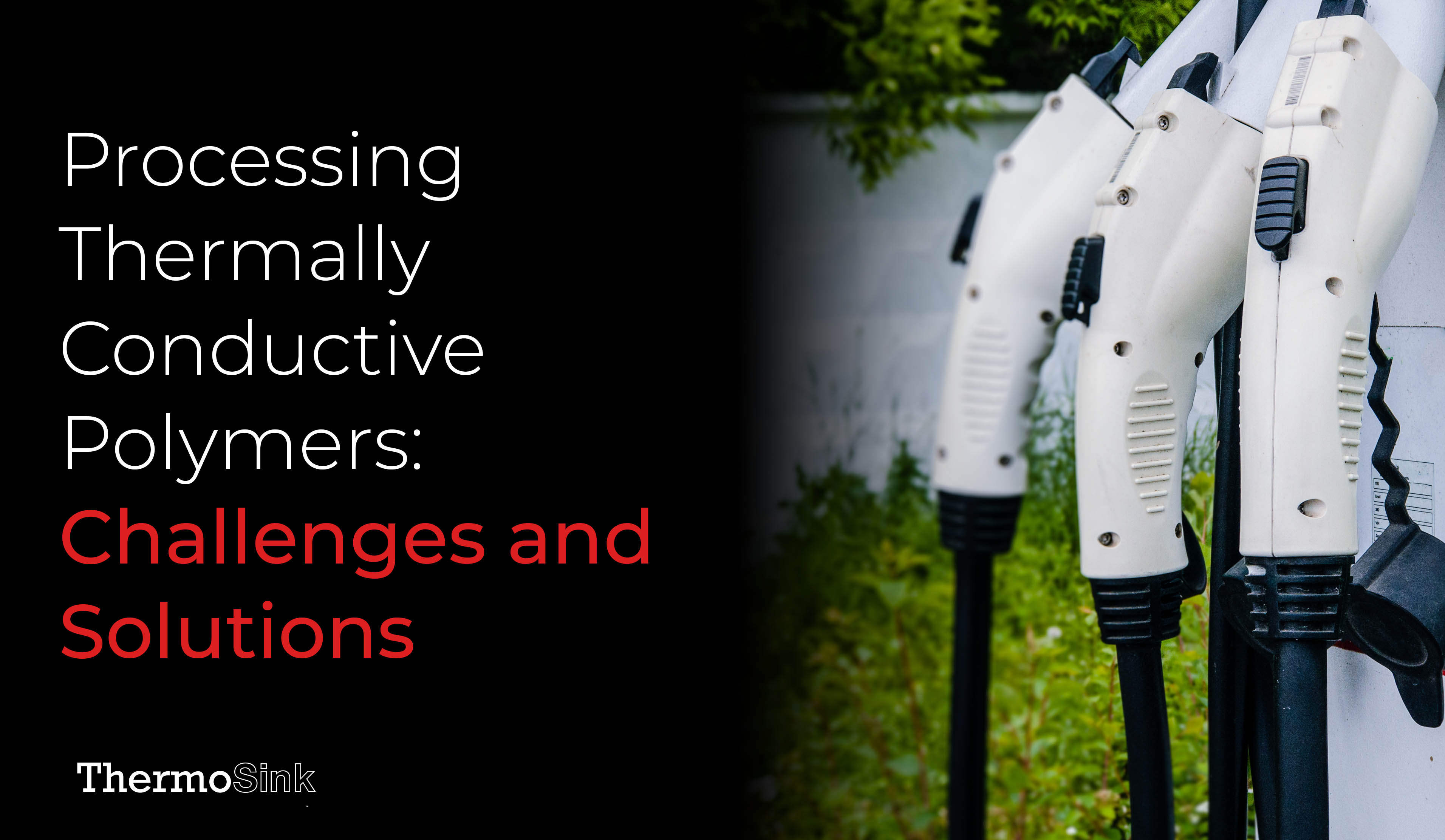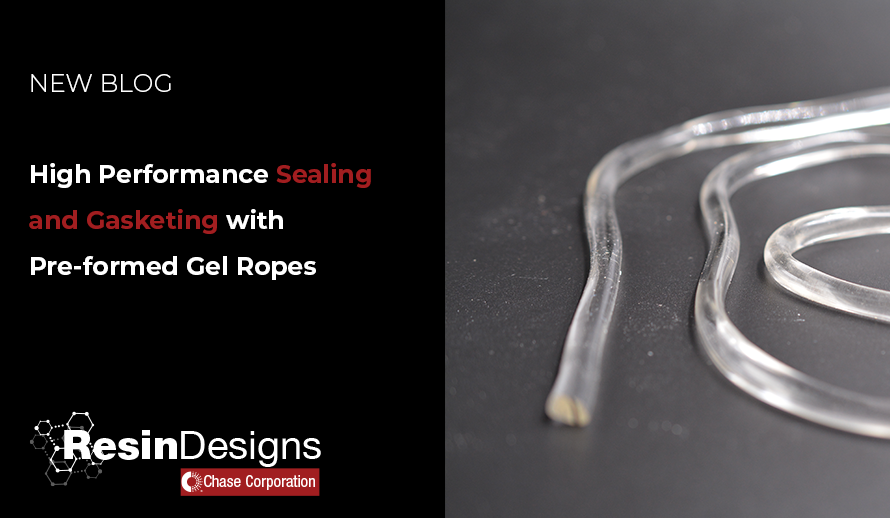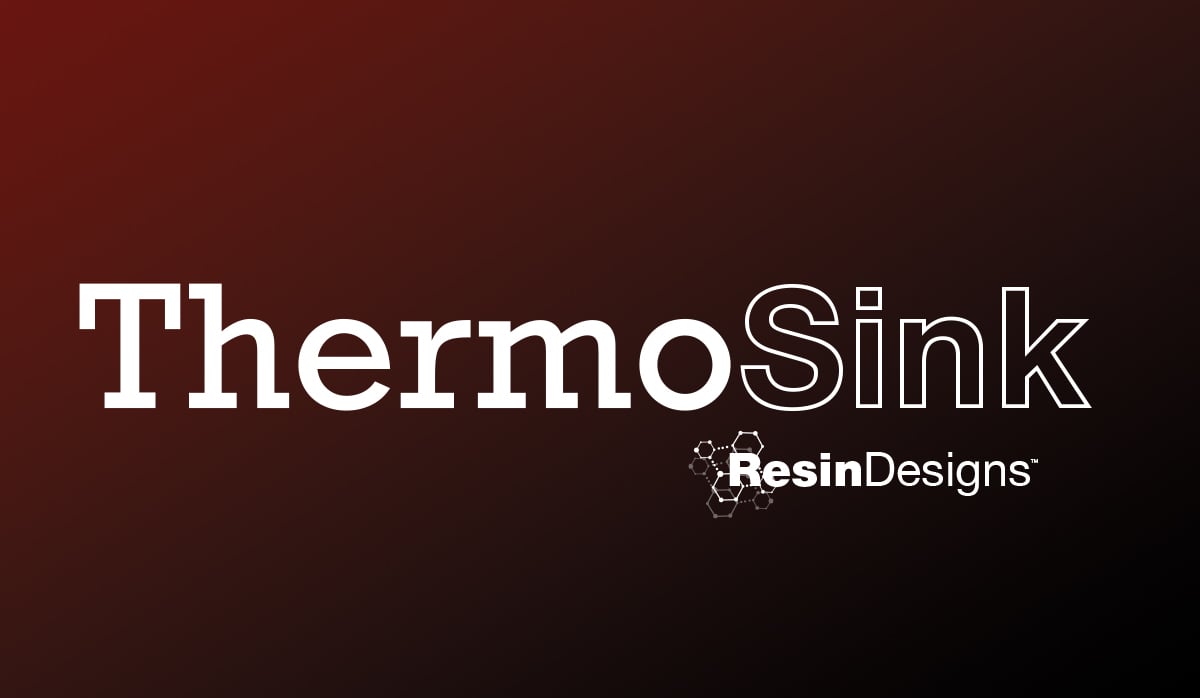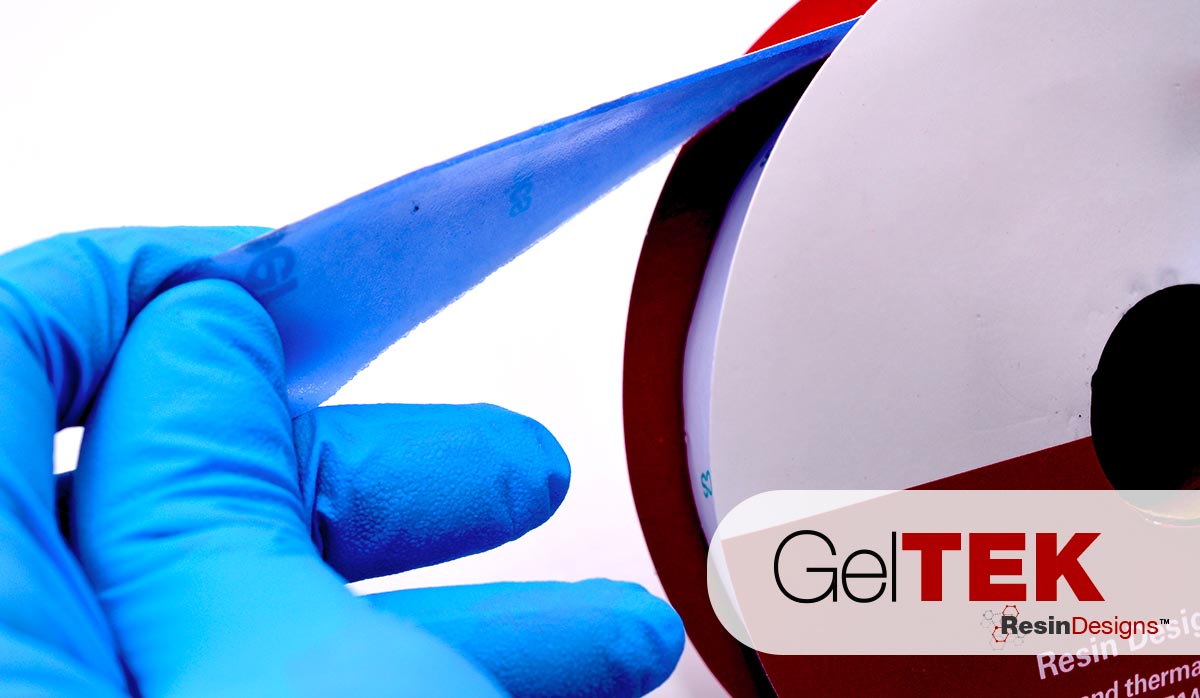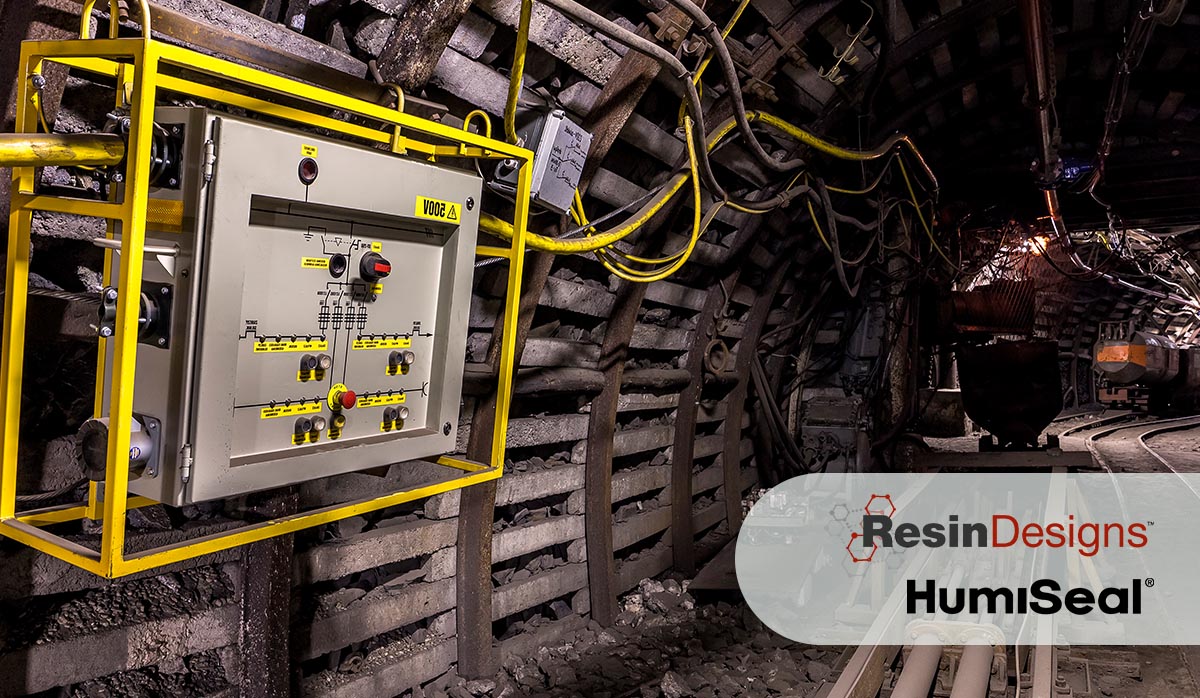Heat makes electronics age faster. That's nothing new. The control and management of heat has always been a critical consideration in the design of printed circuit boards (PCBs) and other electronic devices. What is relatively new, however, is the dramatic increases in voltages, currents, and processing speeds demanded by burgeoning industries.
Enhancing PCB Service Life and Performance with Thermal Pads
Topics: Thermal Interface Materials, Thermosink, Protection for PCB, Thermal Pads
Choosing the Best Thermally Conductive Polymer for Your Application
HEAT! It's public enemy number one for modern electronics and (especially) printed circuit boards (PCBs). If you've been in the electronics game for as long as we have, you're probably saying "Heat has always been an issue we've dealt with, so what's changed?" For one, more tightly packed, heat-generating board components are being designed. Component spacing and trace gaps continue to shrink like vacant land in Manhattan.
Topics: Resin Designs, Thermoplastic, thermal polymers
Permanent magnet motors have been around for a very long time. Nevertheless, the technology and chemistry involved in their production have developed tremendously. This is due to a wide range of market factors, including:
Topics: EV, Electric Vehicle, motor
Resin Designs Thermosink 35-6 Passes ASTM E595-15 for Low Outgassing
For Immediate Release
Resin Designs, a division of Chase Corporation, announces positive test results for their ThermoSink 35-6 thermally conductive electronics potting material.
Recent independent testing has confirmed that ThermoSink 35-6 has met requirements under the testing protocol-
ASTM E595-15 (2021), "Standard Test Method for Total Mass Loss and Collected Volatile Condensable Materials from Outgassing in a Vacuum Environment”
Topics: Thermal Interface Materials, Thermosink, Thermal Conductivity, Silicones, Thermally Conductive Silicones
Processing Thermally Conductive Polymers: Challenges and Solutions
The use of thermally conductive polymers has been accelerating in recent years. This growth is being driven by increased demand and technical advances in applications, such as:
- EV battery cooling
- High voltage EV and yard tool chargers
- Miniaturization of trace spacing and gaps on PCBs
- And many more….
Topics: Polymers, Thermal Conductivity, Electric Vehicle, thermal polymers
Q-SUN: Testing Display Adhesives for Longterm Success
Liquid, optically clear adhesives (LOCA) provide superior optical enhancement and anti-glare properties in the manufacture of liquid crystal displays. The design of LOCA adhesives must take into account long-term exposure to environmental conditions such as light, temperature, humidity, and mechanical shock. Resin Designs chemists have devised a family of products for both screen face adhesion and edge sealing that have been fully tested to assure clarity and adhesion are maintained over time.
Topics: Adhesive Solutions, LOCA, Display Adhesives, LCD
Get Better Sealing and Gasketing with High-Performance Gel Ropes
There are a lot of alternatives out there for sealing, bonding, and gasketing enclosures. The process of choosing the correct solution for your needs can be daunting.
Topics: EMI conductive gaskets, EMI gel rope gaskets, Sealants
Resin Designs ThermoSink Demonstrates Successes in Multiple Thermal Management Applications
Resin Designs, a division of Chase Corporation, would like to take this opportunity to spotlight the ThermoSink line of electronics’ thermal management materials. The ThermoSink name includes a number of products of various viscosities, hardness, and thermal characteristics. All products are two-component (1:1 ratio mix), heavily filled silicone with high thermal conductivity.
Topics: Resin Designs, Thermoplastic, Thermosink
Protecting Electronics Connectors Using Silicone Gel Grommet Seals
Electronics connectors have evolved from simple wire-to-wire interface components to those capable of transferring enormous volumes of data required for applications such as video and autonomous driving. Connectors are also being exposed to more demanding environmental conditions such as liquids, noxious gases, extreme temperatures, mechanical shock, and vibration. In order to improve reliability and longevity, many industries including aerospace and automotive have chosen to include flexible thermoplastic gel-pads in designs.
Topics: Electronic Protection, Automotive, Seals, Grommets, Sealants, Electronic Connectors, GelTEK
Polymers For The Protection of Your Underground Devices
A lot of scary things happen underground. It can be wet, dirty, smelly, and filled with all sorts of creepy-crawly things. Not exactly the ideal environment for your carefully designed and often sensitive electrical or mechanical devices. At Chase’s Resin Designs and HumiSeal, we have been in the business of providing protection for underground devices for decades. We have developed a wide range of durable, rugged polymer solutions. They can be used as adhesives, gaskets, and coatings to keep even the nastiest of underground invaders at bay.
Topics: Humiseal, Corrosion protection, Protection for PCB, Gaskets, Underground Devices, Protective Polymers


